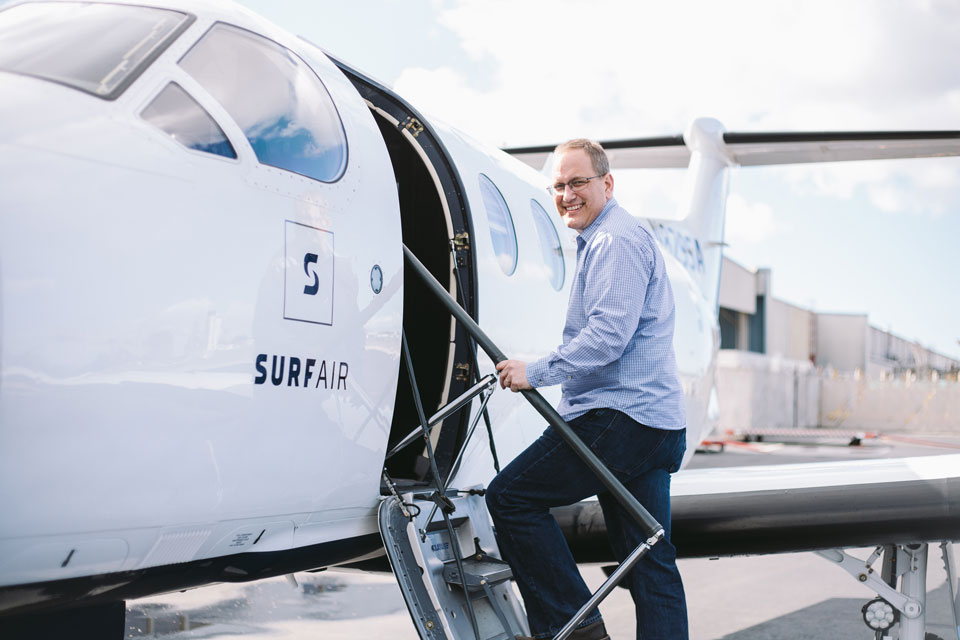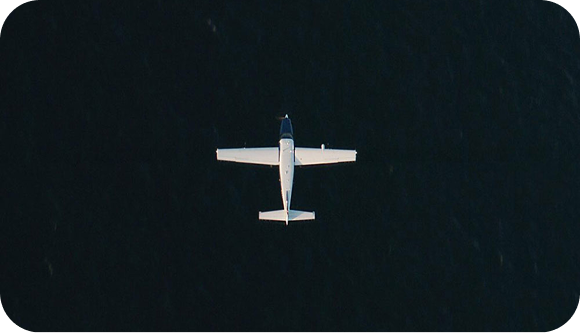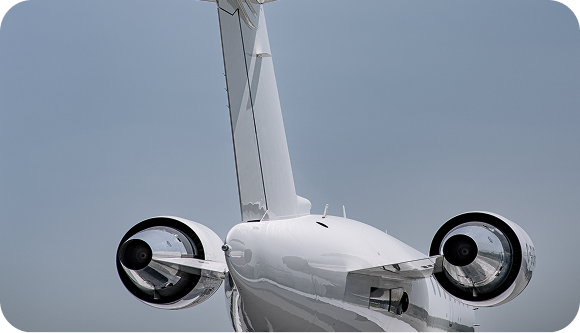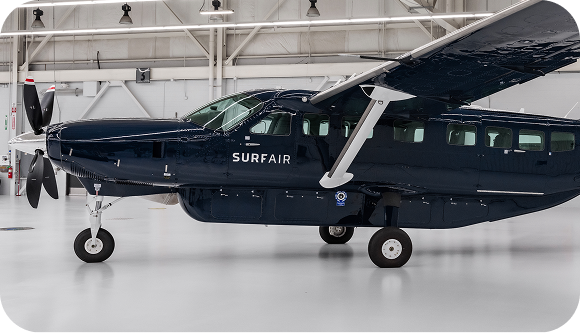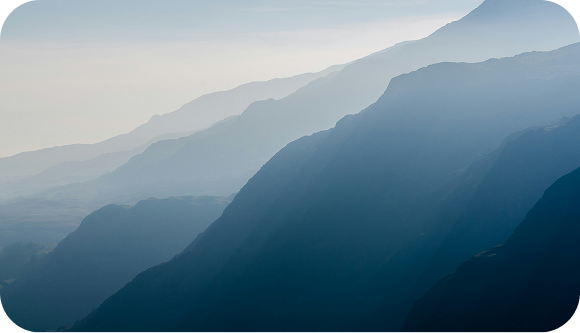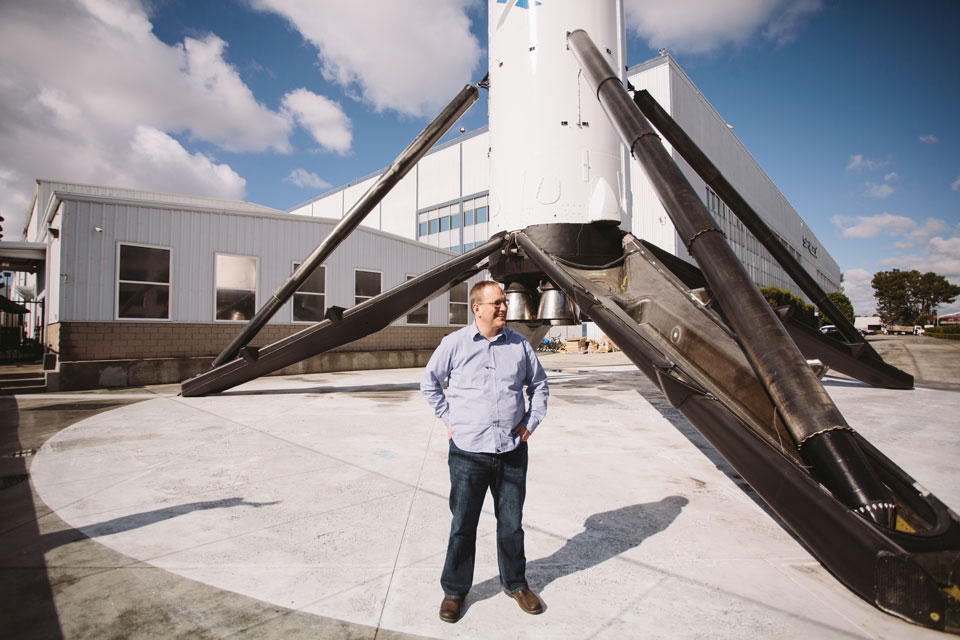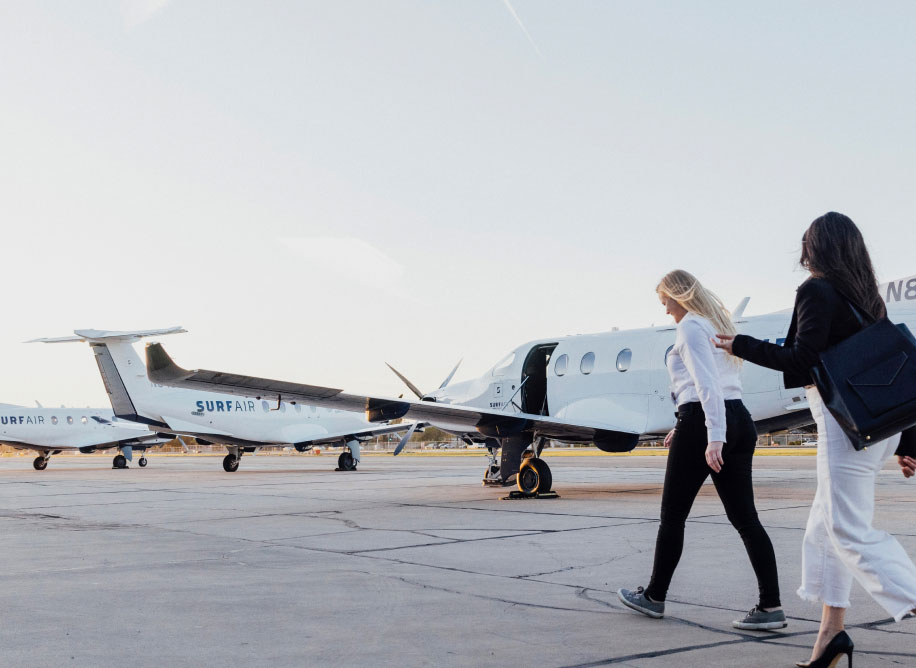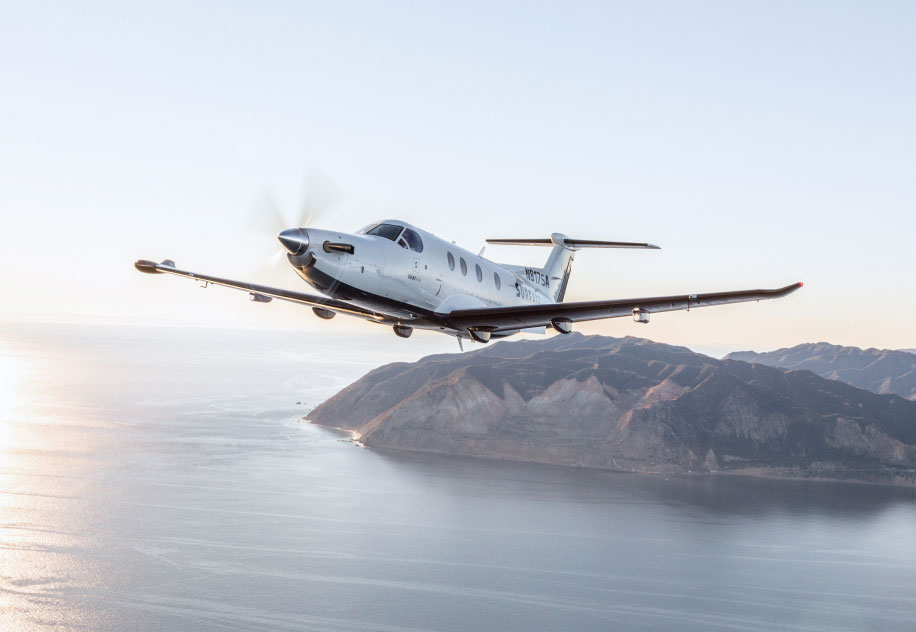A former product design leader at Apple, Surf Air Member Charles Kuehmann is now the VP of Materials Engineering at both Tesla Motors and SpaceX. He splits his time between the two companies working on the future of electric cars and interplanetary travel. These two different tasks may appear challenging to gauge at once, but he has a system figured out, and it works. By flying Surf Air to and from both of his work locations at least 3 times a week, Kuehmann’s days as a leader in the materials engineering space can take place smoothly, helping shape the way our world explores the technology sphere. We got to chat with Kuehmann about his role, flying habits, and time hacking secrets.
When did you start using Surf Air?
I think I’ve been using it over a year now. Basically, when I agreed to start working for Elon Musk, we had discussed the idea that I would be working in both Palo Alto and Hawthorne. We agreed that would be a bit challenging. I think at that time it was the recruiter I was working with that had suggested Surf Air for the travel arrangements. It was pretty much right after I started that we tried it out for a month and it worked really well. I end up traveling between the Bay Area and Hawthorne twice a week. I spend three days a week down in LA and then two days a week up in the Silicon Valley area. I actually live in the Silicon Valley area. Having that flexibility works well and I’ve got it pretty much down to the point. On days I work down in LA, I just have a slightly longer commute than I do here.
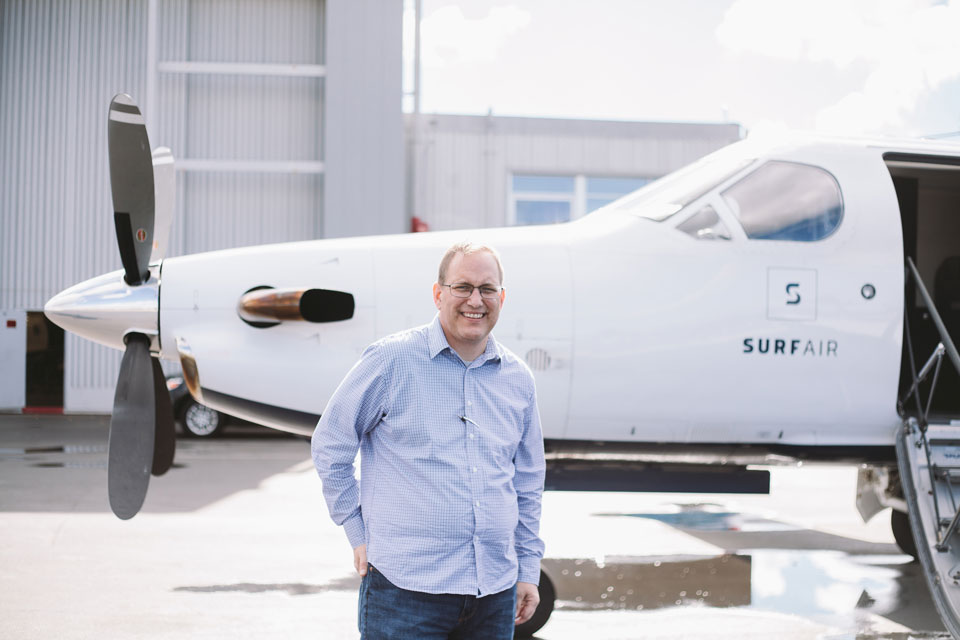
How is it for you working at two completely different companies, Tesla and SpaceX? How does it work?
It’s works really great. I have the same role in both companies, as VP of Materials Engineering. It’s actually, I think, beneficial because there are things that I think about at one company that can help me at the other. Even though they’re completely different products, in some ways there’s a lot of parallels, at least in the way the work gets done. It helps stimulate the creativity to be able to go away from one of those jobs for a little while, work on some completely different problems, and sometimes you come back to the original problems you were working on and you have some better ideas about them. There are a lot of pluses.
I’ve been doing it over a year now and I’m still ready to go. I’m excited to go to work every day.
How did you get into your line of work?
Well, in materials, I actually started out as an aerospace engineer. Within all the projects I worked on, the biggest problems were always with the materials we were using. I kind of felt that materials were some of the bigger challenges. I decided to go back to grad school and I got a degree in materials engineering and went from there.
Considering how far you’ve come since then, what do you think has been your biggest business achievement?
I think the biggest achievement is that I’ve been able to be part of a big step in changing how materials engineering works. Materials engineering has now gone through a process where instead of being experimentally based and worked out in a lab, there’s a lot more computational modeling and real design that goes on using computers in materials. It’s similar to the way it’s happened in mechanical engineering or aerospace engineering, and even automotive engineering where they use complex models to help design the structures and parts. We’re doing the same things in materials and I’ve had the benefit of being in the right place at the right time and at somewhat the forefront of that technology. I’ve had the benefit of bringing that to at least three major companies now, so it’s pretty exciting for me.
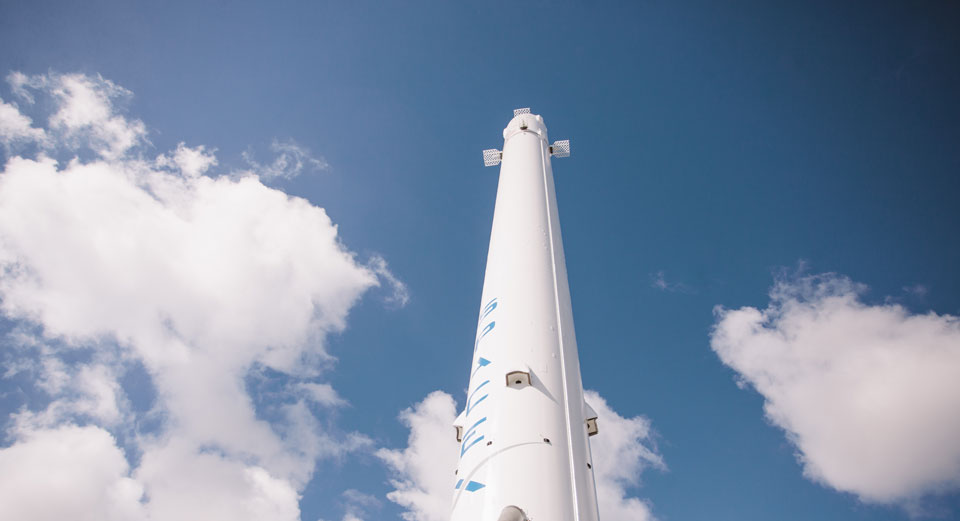
We see that you’re a very busy person and one of the things that we pride ourselves in is saving people so much time every day. What do you do with the extra two hours you save each day by traveling with Surf Air?
I basically solve more problems! A big part of my job and actually, probably the most important part, is developing the team. Obviously, one person can only solve so many problems, but if I can build a team that can solve many of those problems every day, that’s a lot of leverage. A big part of what I can do with those couple hours is spend that time with my team helping them develop and learn how to solve problems themselves, those sorts of things.
Do you have any flying rituals that you always do before you take off?
In the mornings, I always try to make sure I have a cup of coffee going on the plane. I always go get my cup of coffee. The second thing I usually try to do is make sure I have something on my phone or my iPad or my computer to read. I use a lot of that time for reading. A lot of times, I’m reading some technical reports. I also like to read books about fly fishing and sailing. I don’t read a lot of fiction. I usually like to read about real things and try to learn something while I’m reading.
In terms of things that help you be more efficient throughout your day, do you have any particular time saving hacks to share?
I’m a big fan of bullet journaling, although I’m not as good as I’d like to be at it. I also am a big fan of cleaning out my email inbox. I have a method to make sure I can respond to my email very efficiently. The other good hack that I have is on my phone, I organize all my apps by action, not by category. All my apps are organized by one action called Go, so if I’m going anywhere, all the apps I need for traveling and everything else is in that one. If I’m going to read, it’s all in there. If I’m going to watch something, it’s all in there.
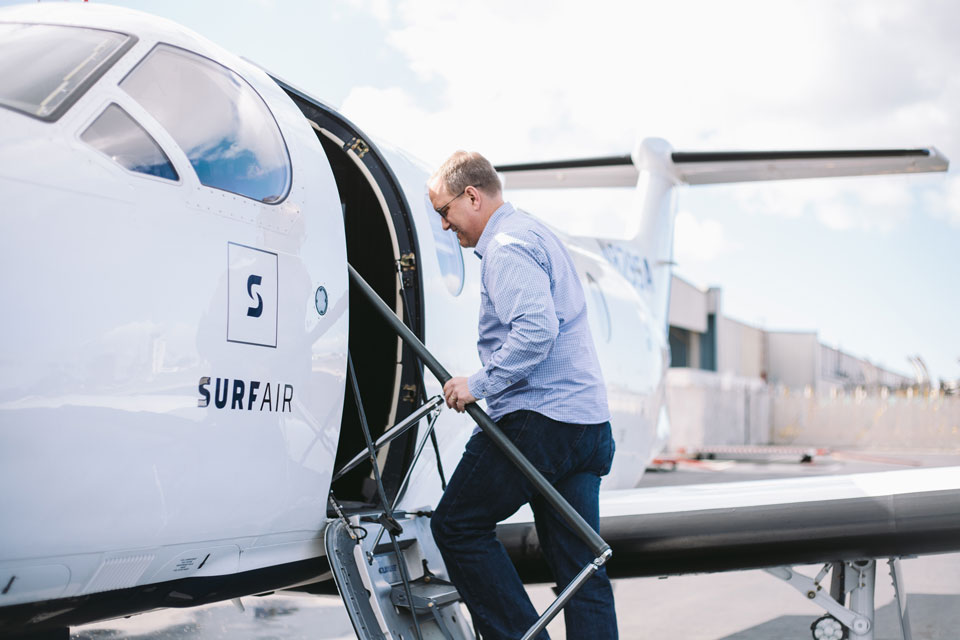
What are your favorite things about flying Surf Air?
Obviously, the biggest one is the time benefit. I actually go from door to desk in usually less than two hours in my commute. That’s a huge time-saver, considering how many times I have to do that every week. The other thing that I like about it is it’s really personal. All the Surf Air folks are really good and they get to know you by name. It takes a lot of the impersonality out of traveling. You meet lots of interesting people.
